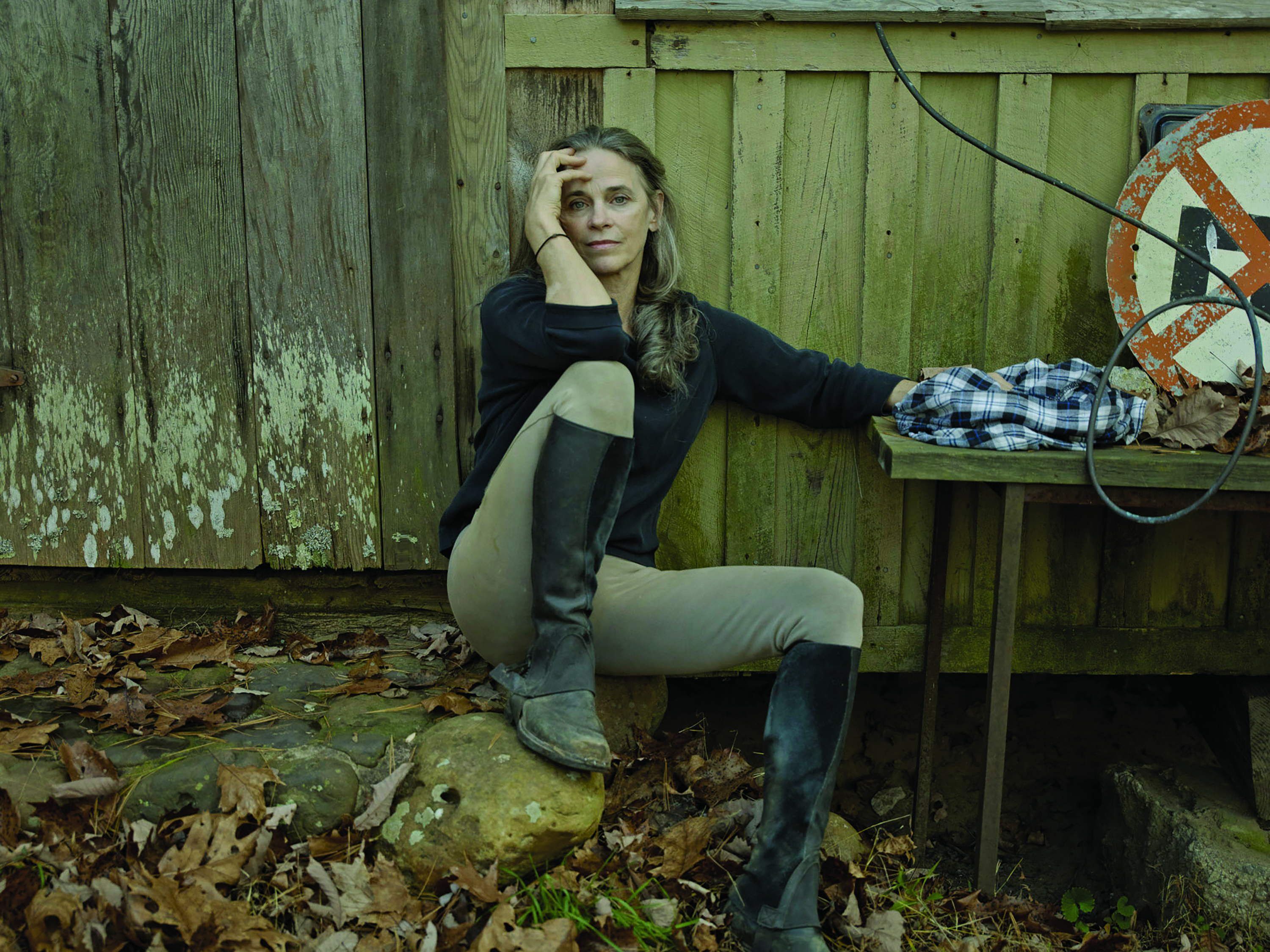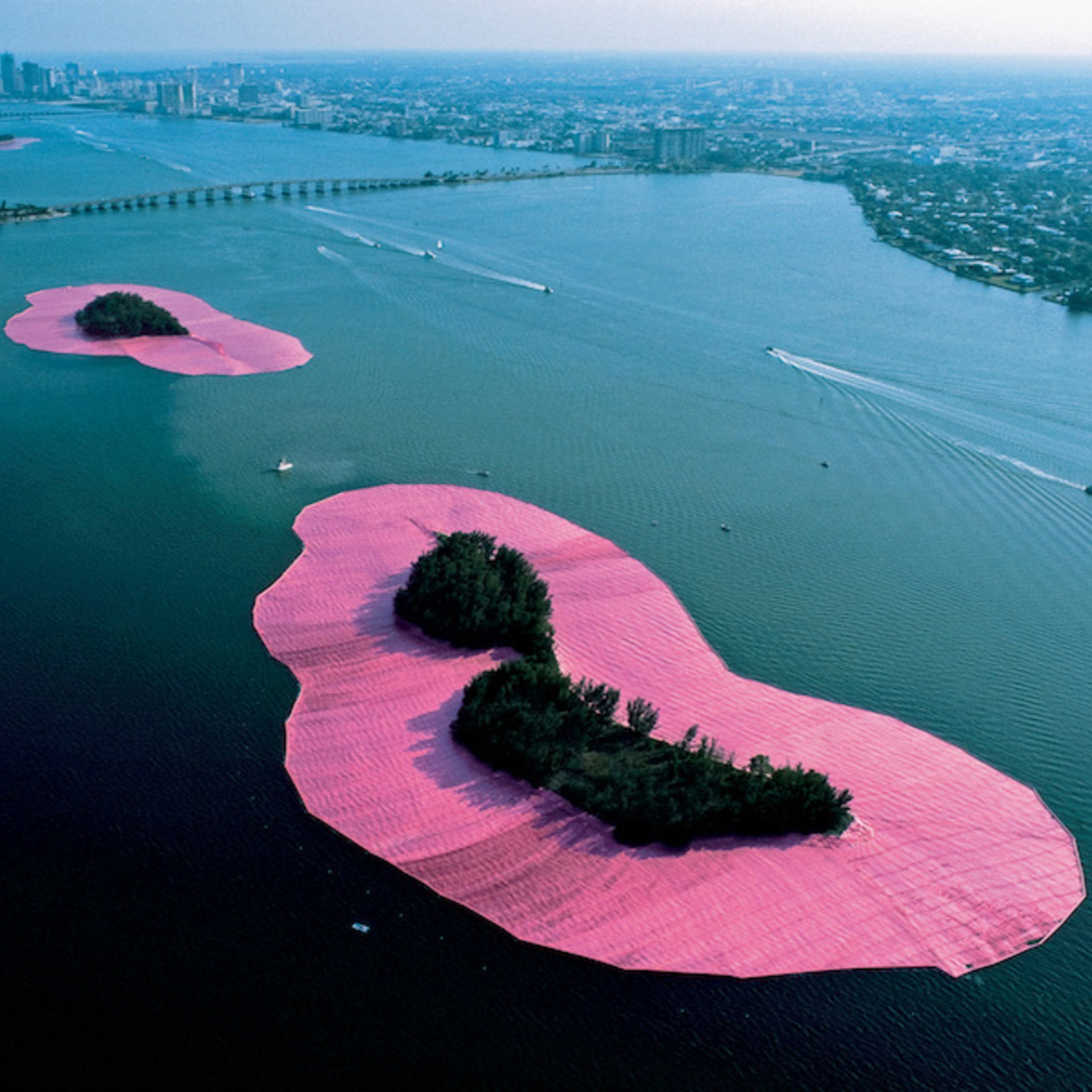
Sally Mann has been widely recognized as a distinctive artist since the 1980s, particularly for her light-suffused black-and-white photographs. She’s a died-in-the-wool Southerner, a true child of Virginia who works on an isolated farm there, and, by her own admission, doesn’t get out much.
Mann works a lot—shooting, developing, selecting and brooding—and she spends a lot of time reading and writing. Her stellar 2015 memoir, “Hold Still,” reminded us that she’s an old soul who thinks deeply and complexly about photography, family, race, the South and the creative process. It’s telling that, when you catch her on an average day, she’s just been absorbing a book of photographs by Jacques Henri Lartigue (1894-1986).
Mann, 65, has the ability to lose herself in the moment, perhaps one of the key traits that a lot of major artists share. “Whatever I’m looking at at that moment, I’m just enraptured by,” she says. “The Lartigues were exactly what I needed to see right now. They were so simple and so filled with life and beauty and whimsy and color sense.”
Mann’s latest show is something of a curveball, for those who have come to expect lush landscapes and portraits in luminous black-and-white with a certain 19th-century air. “Remembered Light,” which opens September 22 at Gagosian’s Madison Avenue space in New York City, takes as its subject Mann’s long friendship with artist Cy Twombly, he of the elegant squiggles that put him in the pantheon of 20th-century art.

Twombly (1928–2011) was a fellow Virginia native who lived and worked in Lexington, not far from Mann, as she warmly recounts in “Hold Still.” The pictures of their friendship are not charming portraits of the older artist; rather, they are tangential views of objects, like a pair of his empty shoes on the floor, or a series of shadows on a white wall. Paint splatters—the remnants of an artistic mind at work—are everywhere. They have a documentary feeling, and they’re in color.
“It was just the most unlikely studio for an artist of celebrity and stature,” says Mann. He worked in a “brick, ugly, plain, unadorned storefront. It had been a gasworks. It was an awful place with Venetian blinds—that’s why he rented it. He’s a mystery, a real cipher. He was an odd duck.”
As it happens, Mann also prides herself on her Southern eccentricity, and that’s part of the reason they had such a mind meld. “He was contemptuous of stupidity, but he was all-embracing of beauty irrespective of where he found it,” Mann says of Twombly. “He could just walk through the ugliest places like Walmart and see beautiful things. It was very good vision for me. It was a very empowering, artistic embrace at that particular time in my life.” (Twombly, who was represented by Gagosian, is also the source of Mann’s connection to that gallery; she is also represented by the veteran photography dealer Edwynn Houk.)

The resulting images are a slight detour in a way, a kind of refreshing pause. “In a certain way it was sort of liberating,” she says. “It was very freeing because I didn’t think they were important pictures and I wasn’t going to try to make them important at the time. Now I realize they’re important as a documentary of what he was doing.”
But she warns against seeing them as complete outliers: “There’s a certain Sally Mann-ness about them. There’s a certain refulgence, I guess, in the way I use the light.” She achieves that radiance through a savvy mix of antique equipment and modern technology—and just the use of the word “refulgence” gives you a sense of the elevated sphere in which Mann operates.
Many people still associate Mann with a moment of notoriety: her Immediate Family series of the early 1990s, featuring shots of her young children frolicking naked around the family farm. Though there were denouncers at the time, especially after it was featured on the cover of The New York Times Magazine with a critical article attached, the series is now considered a classic of modern photography. “I could have done without it,” she says now of the controversy that ensued.

A new body of work, however, may put her back on the hot seat. She says, “I’ve been working on these pictures of black men,” which will be featured in a major exhibition at the National Gallery of Art in 2018.
The topic is a longtime interest, as she discusses in “Hold Still.” She has completed the shooting phase, and has now moved to selecting and printing. “Now, of course, I’m going to release them at the peak of racial tension,” Mann says. “It’s going to seem as though I’m just jumping on the bandwagon, but I’ve been doing this now for almost 12 years.”
The images of African-American men will be part of a larger whole. “The theme of the show is how the South has woven through all my work, how the South has become my aesthetic concern,” Mann says. “At the centerpiece there is going to be this meditation on race. When we were talking about it four years ago, it didn’t seem nearly as fraught as it does now.”
But anyone who thinks Mann is just stumbling into relevance would be underestimating the mind behind her 40-year career. Patiently, mostly out of sight, she has been building an enduring legacy, not trying to touch nerves per se but doing so because she’s tapped into something universal. When Mann says, about the Twombly series, “If you know anything about my work, I’m not a careless person,” that sure sounds like the gospel truth.

All artwork © Sally Mann. Images courtesy of Gagosian Gallery.




